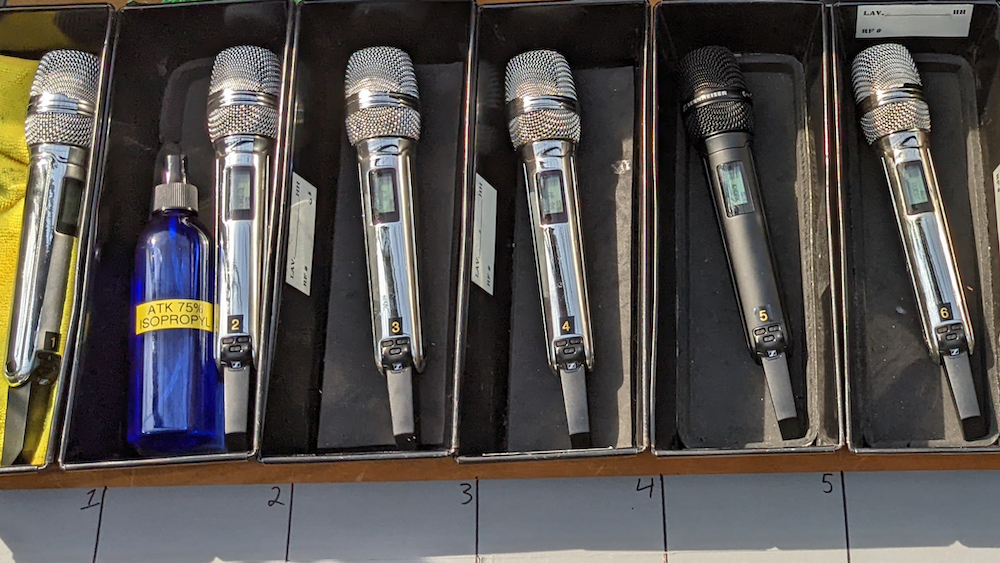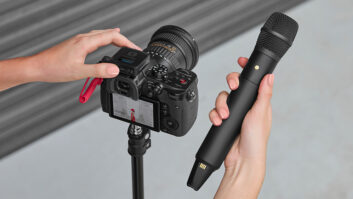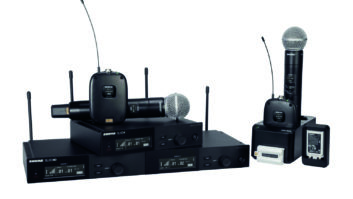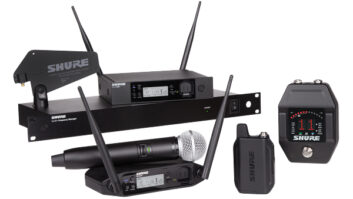
Washington, D.C. (February 15, 2024)—In a move that will affect thousands of wireless microphone users across the U.S., the Federal Communications Commission enacted new rules today, allowing for the use of Wireless Multi-Channel Audio Systems (WMAS). The protocol, which the FCC itself defined as “a new, more spectrally efficient wireless microphone technology,” uses spectrum more efficiently than existing narrowband RF mics, allowing more wireless mics to be used at the same level of performance without having to change current frequency allocations.
Crucially, the new rules permit WMAS systems to be operated by both licensed and unlicensed users. Licensed and unlicensed WMAS mics will allowed to operate in the broadcast TV bands and 600 MHz duplex gap, while use in other Part 74 LPAS frequency bands will be permitted on a licensed basis. Since there are far more unlicensed users than licensed ones, making WMAS use available to unlicensed users is expected to result in less spectrum being used overall, since the protocol is more efficient in its spectrum usage, resulting in less Power Spectral Density.
NAB Supports WMAS, With Restrictions
The decision was quickly met with support from the pro-audio industry. Prakash Moorut, Global Head of Spectrum & Regulatory Affairs at Shure, noted in a statement, “Allowing unlicensed WMAS with power up to 100 mW—twice the power allowed for narrowband wireless microphones—is a big benefit for many individuals, organizations, and small businesses.”
For international productions—such as world tours, news gathering services and other efforts where wireless mics would be used here and abroad—the FCC decision is also good news, as it lines up with similar WMAS updates from the European Telecommunications Standards Institute.
The move also allows the FCC to avoid spectrum reallocation—a thorny process it’s had to slog through multiple times in the last 15 years. Existing spectrum rights and spectrum access expectations remain unchanged.
The FCC’s announcement acknowledged the varied applications of wireless microphones, noting their daily use in settings such as theaters and music venues, TV and film studios, educational institutions, conventions, corporate events, houses of worship and more.







